Blog
Jewellok is a professional pressure regulator and valve manufacturer and supplier.
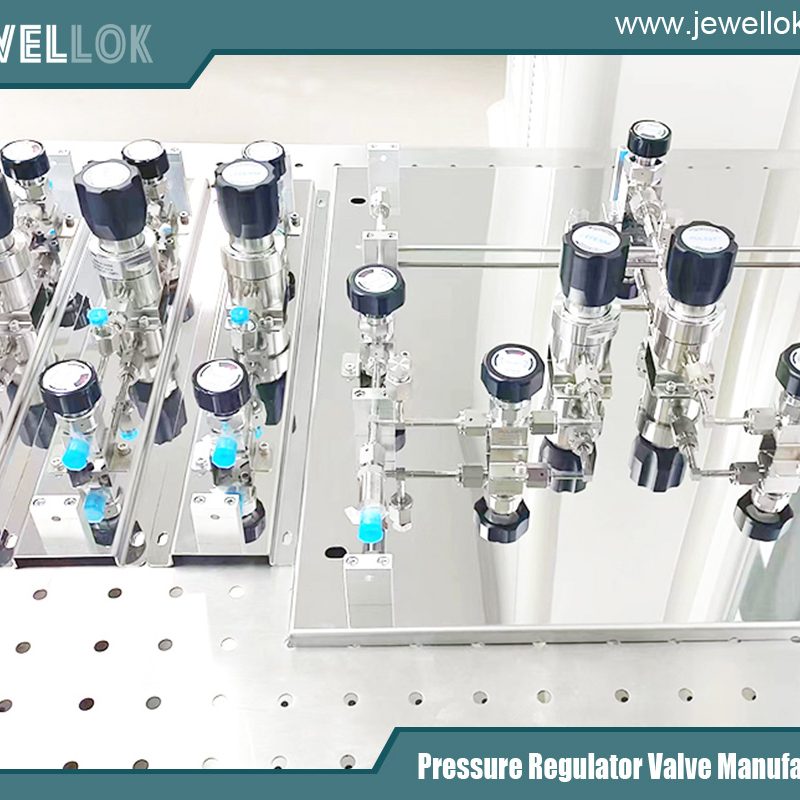
Europe Stainless Steel Diaphragm Valve Factory: A Comprehensive Overview
- Pressure Regulator Valve Manufacturer
- china diaphragm valve factory, diaphragm valve factory, diaphragm valve for flow control, Diaphragm Valve Manufacturers, europe diaphragm valve factory, europe industrial diaphragm valve manufacturer, europe industrial diaphragm valve supplier, europe pneumatic actuated ball valve factory, europe ss diaphragm valve factory, europe ss diaphragm valve manufacturer, europe stainless steel diaphragm valve, europe stainless steel diaphragm valve factory, europe stainless steel diaphragm valve manufacturer, europe stainless steel diaphragm valve supplier, industrial diaphragm valve factory, industrial diaphragm valve manufacturers, italy stainless steel diaphragm valve factory, semiconductor valve manifold box diaphragm valves, ss diaphragm valve factory, ss diaphragm valve manufacturer, stainless steel diaphragm valve factory, Stainless Steel Diaphragm Valve Manufacturer, stainless steel diaphragm valve manufacturers, stainless steel diaphragm valve supplier, stainless steel diaphragm valve suppliers, uhp 316l stainless steel diaphragm valves
- No Comments
Europe Stainless Steel Diaphragm Valve Factory: A Comprehensive Overview
Stainless steel diaphragm valves are critical components in industrial fluid control systems, prized for their durability, corrosion resistance, and ability to maintain fluid purity. Europe, with its advanced manufacturing capabilities and stringent quality standards, stands as a global leader in producing these valves. This 2000-word article explores the nature of diaphragm valves, the significance of stainless steel in their design, the European manufacturing landscape, production processes, quality standards, market trends, and the future outlook for this industry.

1. Introduction to Diaphragm Valves
Diaphragm valves are specialized devices designed to regulate or stop the flow of fluids using a flexible diaphragm. Unlike traditional valves that use discs or gates, diaphragm valves operate by pressing a diaphragm against a seat (or weir) to create a tight seal. This mechanism isolates the fluid from the valve’s internal moving parts, making them ideal for applications where contamination must be avoided.
Functionality and Design
The diaphragm, typically made from materials like rubber, PTFE, or silicone, flexes to control fluid flow. When the valve is closed, the diaphragm seals against the seat, preventing any passage of fluid. When opened, it lifts, allowing flow with minimal resistance. This design eliminates crevices where fluids could stagnate, reducing the risk of contamination or buildup.
Applications Across Industries
Diaphragm valves are widely used in industries requiring high purity or corrosion resistance, such as:
Pharmaceuticals: Ensuring sterile conditions in drug manufacturing.
Food and Beverage: Preventing contamination in processing lines.
Chemical Processing: Handling corrosive substances safely.
Water Treatment: Controlling flow in harsh environments.
Their ability to manage diverse fluids—liquids, gases, or slurries—combined with a reliable seal, makes them indispensable as industries demand ever-higher standards of efficiency and safety.
2. The Role of Stainless Steel in Diaphragm Valves
Stainless steel is the preferred material for diaphragm valve bodies due to its robust properties, which align perfectly with the demands of industrial applications.
Key Properties of Stainless Steel
Corrosion Resistance: Stainless steel withstands exposure to aggressive chemicals, ensuring longevity even in harsh conditions.
Strength and Durability: It can endure high pressures and temperatures without deforming.
Hygienic Surface: Its smooth, non-porous finish resists bacterial growth and is easy to clean.
Why Stainless Steel is Preferred
In sanitary applications, such as food or pharmaceutical production, maintaining fluid purity is paramount. Stainless steel, particularly grades like 316L (which includes molybdenum for enhanced corrosion resistance), meets these needs by preventing contamination and ensuring compliance with hygiene standards. Its durability also reduces maintenance costs, making it a cost-effective choice over time.
Variants and Customization
Different grades of stainless steel are selected based on application needs. For example, 304 stainless steel might suffice for less corrosive environments, while 316L is chosen for its superior resistance in pharmaceutical or marine settings. This adaptability enhances the versatility of diaphragm valves across industries.
3. The European Market for Stainless Steel Diaphragm Valves
Europe is a powerhouse in the production of stainless steel diaphragm valves, driven by its engineering expertise, innovative spirit, and commitment to quality. Countries like Germany, Italy, and the United Kingdom host some of the world’s leading manufacturers, whose products are renowned globally.
Industry Overview
Europe’s valve manufacturing sector benefits from a strong industrial base and a focus on precision engineering. The region’s factories cater to both domestic and international markets, supplying valves for critical applications in healthcare, food production, and industrial processing.
Key Manufacturers
Several prominent companies exemplify Europe’s leadership in this field:
GEMÜ (Germany): Known for its extensive range of diaphragm valves, offering customizable body and seal materials for sterile and corrosive applications.
Bürkert (Germany): Specializes in fluid control systems, integrating advanced technologies into valve designs.
NieRuf (Germany): Focuses on industrial valves, emphasizing durability and precision.
These manufacturers often pioneer innovations, such as improved sealing mechanisms or sustainable production methods, distinguishing European valves in the global market.
Competitive Edge
European factories leverage advanced technology and strict regulatory frameworks to produce valves that meet or exceed international standards. Their focus on research and development ensures they remain at the forefront of valve design, addressing emerging industry needs like sustainability and automation.
4. Manufacturing Processes and Technologies
Producing stainless steel diaphragm valves is a complex process that demands precision and advanced technology to ensure performance and reliability.
Production Steps
Material Selection: High-grade stainless steel (e.g., 316L) is chosen for its corrosion resistance and strength.
Forming the Valve Body: The steel is cast or forged into the valve’s basic shape, creating a robust foundation.
Machining: CNC machines refine the body and components, achieving tight tolerances and smooth surfaces critical for sealing and hygiene.
Diaphragm Installation: A flexible diaphragm is fitted, often made from elastomers or PTFE, and secured to ensure a leak-proof seal.
Assembly and Testing: The valve is assembled, then subjected to pressure tests and inspections to verify functionality and integrity.
Technological Advancements
Modern European factories employ cutting-edge technologies to enhance production:
Automation: Robotics and automated systems improve consistency and speed, reducing human error.
3D Printing: Additive manufacturing allows for rapid prototyping and the creation of complex, customized components.
Digital Monitoring: Sensors and IoT (Internet of Things) integration enable real-time quality control during production.
These innovations not only boost efficiency but also allow manufacturers to meet bespoke client requirements, reinforcing Europe’s reputation for high-quality valve production.
5. Quality Standards and Certifications
Europe’s stainless steel diaphragm valve factories operate under rigorous quality standards, ensuring their products are safe, reliable, and compliant with industry regulations.
Key Standards
ISO 9001: A global benchmark for quality management systems, ensuring consistent production processes.
EHEDG: Standards for hygienic equipment design, critical for food and pharmaceutical applications.
ASME BPE: Guidelines for bioprocessing equipment, ensuring compatibility with sterile environments.
European Compliance
The CE marking is mandatory for valves sold within the European Union, signifying conformity with health, safety, and environmental standards. This certification process involves thorough testing and documentation, guaranteeing that valves meet stringent performance criteria.
Importance of Compliance
Adhering to these standards benefits both manufacturers and end-users:
Reliability: Ensures valves perform as expected under specified conditions.
Market Access: Compliance opens doors to European and global markets.
Customer Trust: Certifications provide assurance of quality, enhancing brand reputation.
European factories often exceed these minimum requirements, implementing additional internal quality controls to maintain their competitive edge.
6. Market Trends and Future Outlook
The European market for stainless steel diaphragm valves is experiencing steady growth, fueled by industrial expansion and evolving technological demands.
Current Demand Drivers
Industrial Growth: Rising activity in pharmaceuticals, biotechnology, and food processing increases the need for reliable valves.
Regulatory Pressure: Stricter hygiene and safety regulations push industries to adopt high-quality, compliant equipment.
Sustainability: A shift toward eco-friendly manufacturing practices influences valve design and production.
Emerging Trends
Smart Valves: Integration of sensors and automation for real-time monitoring and control.
Sustainable Materials: Development of longer-lasting diaphragms and energy-efficient production methods.
Customization: Growing demand for tailored solutions to meet specific application needs.
Future Projections
The market is poised for continued expansion, with Europe maintaining its leadership through innovation and quality. Analysts predict steady growth as industries like biotechnology advance and environmental concerns drive sustainable practices. European factories are well-positioned to capitalize on these trends, leveraging their expertise to develop next-generation valve technologies.

7. Conclusion
Europe’s stainless steel diaphragm valve factories are a cornerstone of the global fluid control industry, blending advanced engineering with a commitment to quality and innovation. From their critical role in maintaining fluid purity across industries to their adoption of cutting-edge manufacturing technologies, these factories set a high standard for performance and reliability.
As demand grows and industries evolve, European manufacturers are primed to lead the way, addressing challenges like sustainability and automation with forward-thinking solutions. Their contributions not only meet current industrial needs but also shape the future of fluid control systems, reinforcing Europe’s status as a hub of excellence in stainless steel diaphragm valve production.
For more about europe stainless steel diaphragm valve factory, you can pay a visit to Jewellok at https://www.jewellok.com/product/high-pressure-high-temperature-pneumatic-ultrahigh-purity-stainless-steel-diaphragm-valves/ for more info.
Recent Posts
How a Gauged Two-Stage Propane Gas Pressure Regulator Works
The Best Natural Gas Pressure Regulators Manufacturers in USA
How to Choose the Right Laboratory Gas Valves
The Top High Pressure Hydraulic Needle Valve Manufacturer in 2025
Why the Top Companies Choose Ultra-High Purity Diaphragm Valves
How to Choose the Material Properties of Ball Valve Core?
Tags
Recommended Products
-
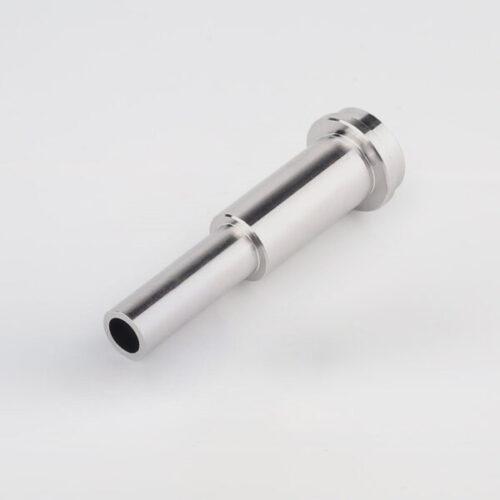
Long Gland LG Series For Ultra High Purity Gas And Chemical Delivery Systems
-
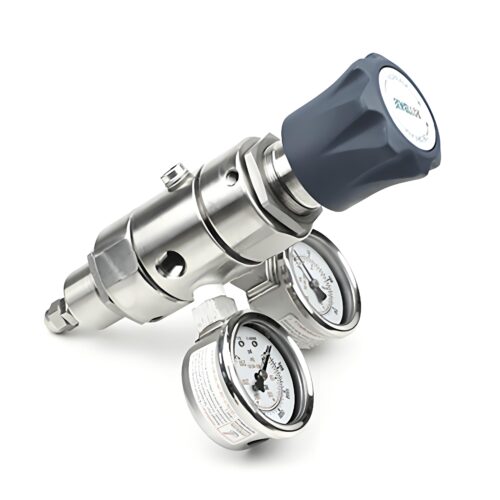
DPR1 Ultra High Purity Two Stage Dual Stage Pressure Reducing Regulator Semiconductor Grade Regulators
-
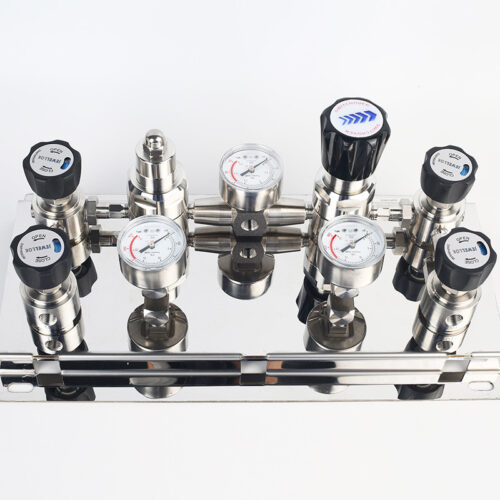
Semi Automatic Gas Changeover Manifold System Manual Changeover Manifold Panel Single Stage Automatic Switchover Board
-
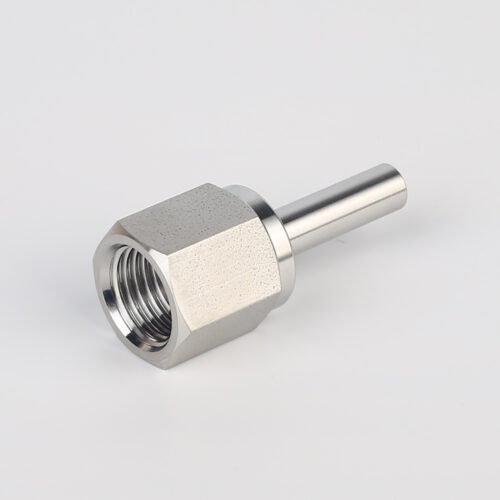
739LF High Purity Female Adapter Tube To Pipe Fittings And Connectors
-
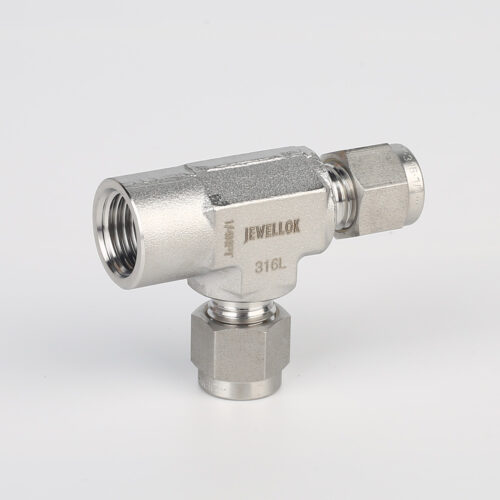
771LF Female Run Tee | Stainless Steel Tube Fitting Compression Fittings 1/4 In 3-Way Tee Female Run Tee
-
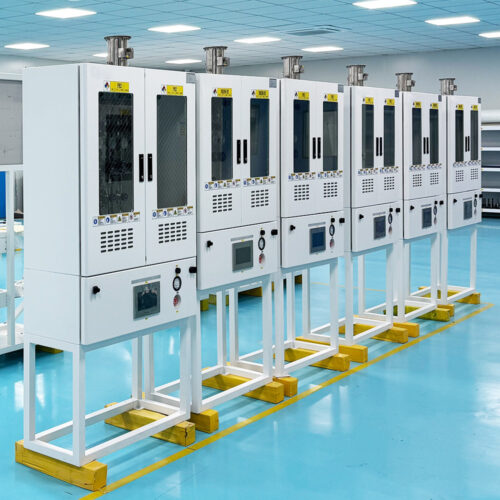
VMB Valve Manifold Panels And Boxes High Purity Configurable Systems JW-200-VMB & JW-100-VMB
-
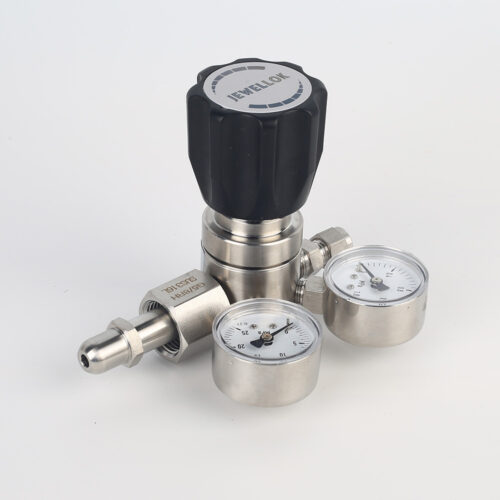
High Purity High Pressure Gas Cylinder Pressure Regulators Pressure Reducing Valve JSR-1E Series
-
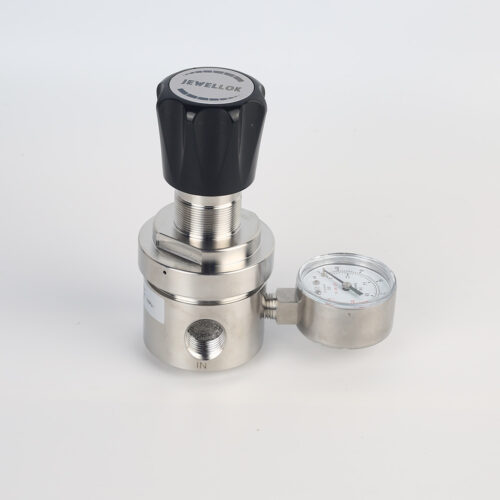
Line And Panel Mounting Adjustable Low Pressure Propane And Nitrogen Pressure Regulator JSR-3L & JSR-3LP Series